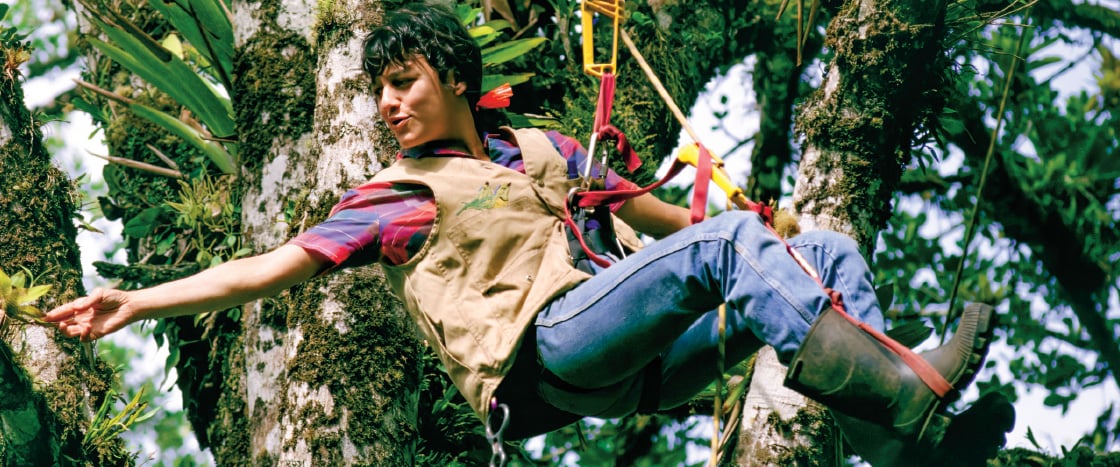Nalini Nadkarni spent her childhood in Bethesda, Maryland, climbing trees. “I wanted to invent a magic microphone that I could plug into the tree and listen to its responses,” she says. Now Nadkarni is an ecologist, a scientist who studies living things and their environment. For 40 years, she has traveled the world climbing trees to explore warm, wet ecosystems called tropical rainforests.
Nadkarni focuses on the leafy upper layer of forests called the canopy, about 30 meters (100 feet) above the ground. She’s discovered that some trees grow aboveground roots from high up on their branches. The roots get nutrients from soil that forms in the canopy. Nadkarni recently spoke with SuperScience about her work.

